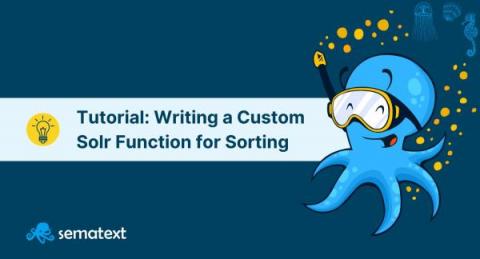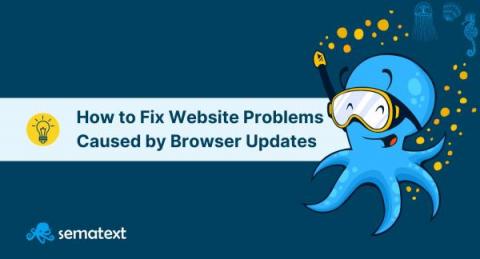Writing a Custom Sort Plugin for Solr
OK, so you want to sort your documents by something that can’t be implemented with Solr’s built-in functions. This calls for a custom function, which you can implement through your own ValueSourceParser. To address the elephant in the room, Elasticsearch and OpenSearch have script sorting. This is easier to implement, but not as close to Lucene. Though of course you can use a native script as well.











